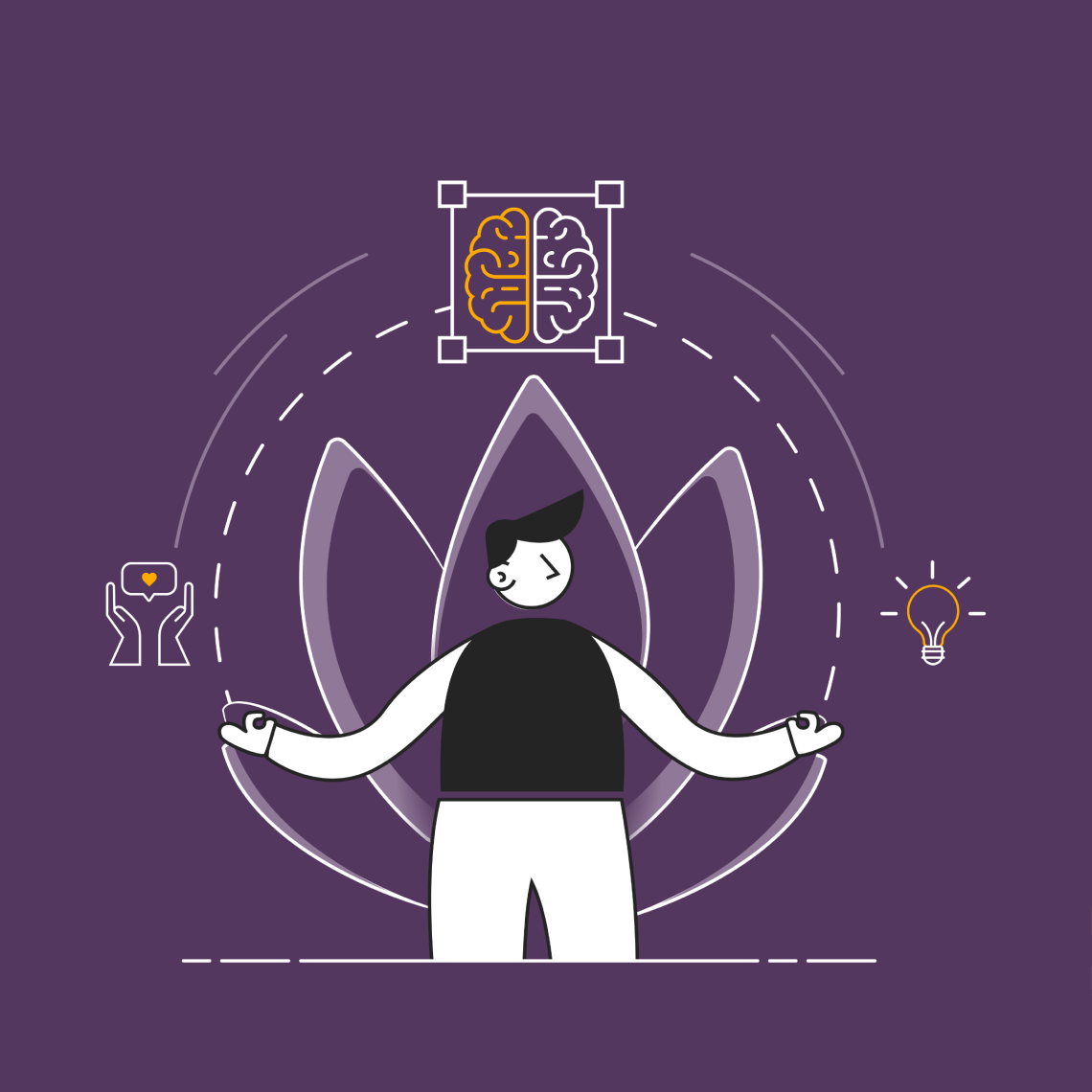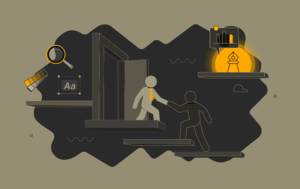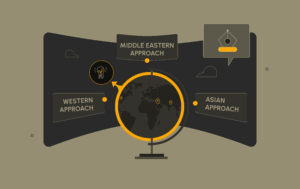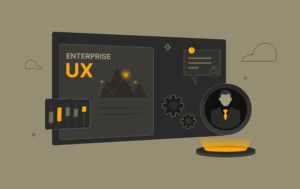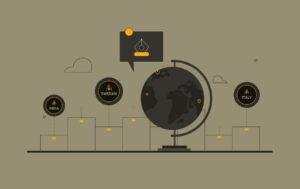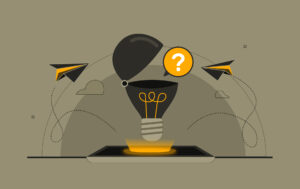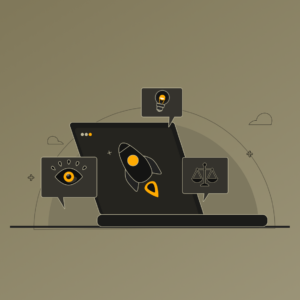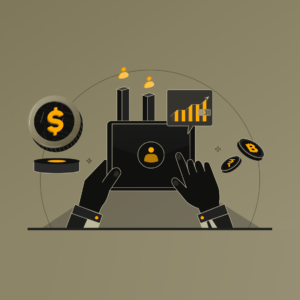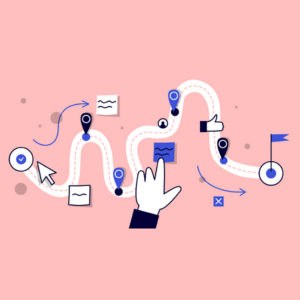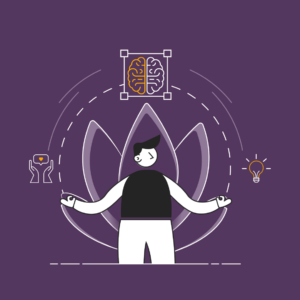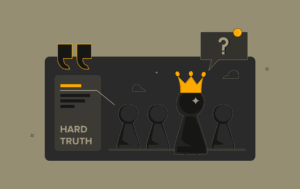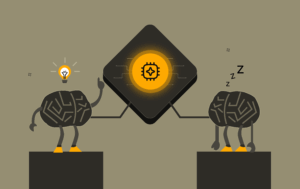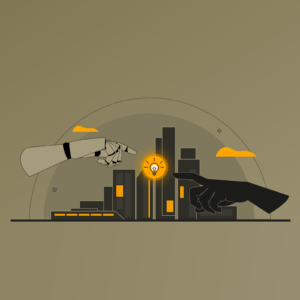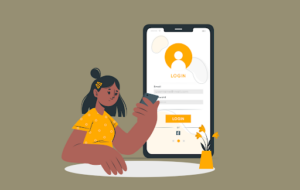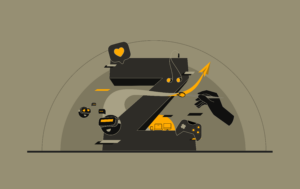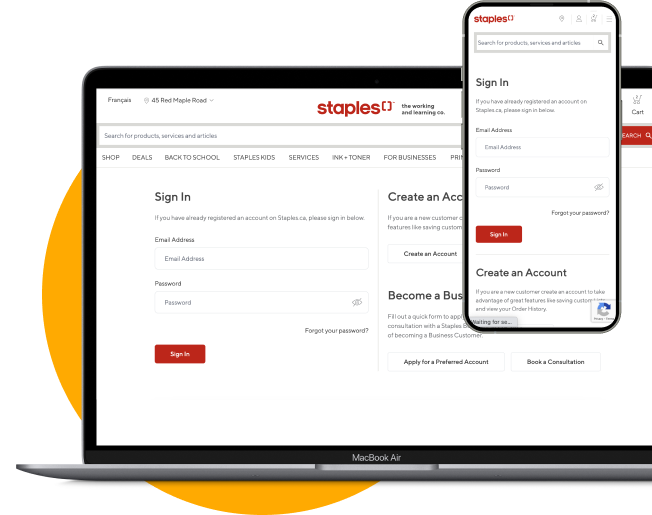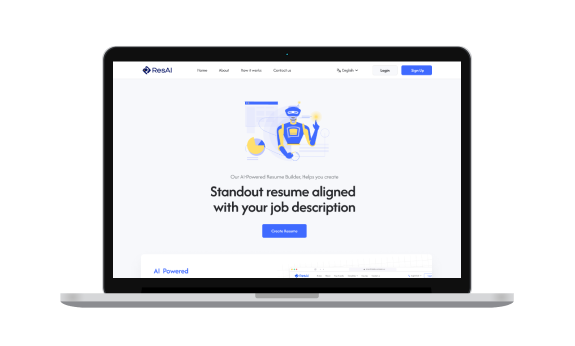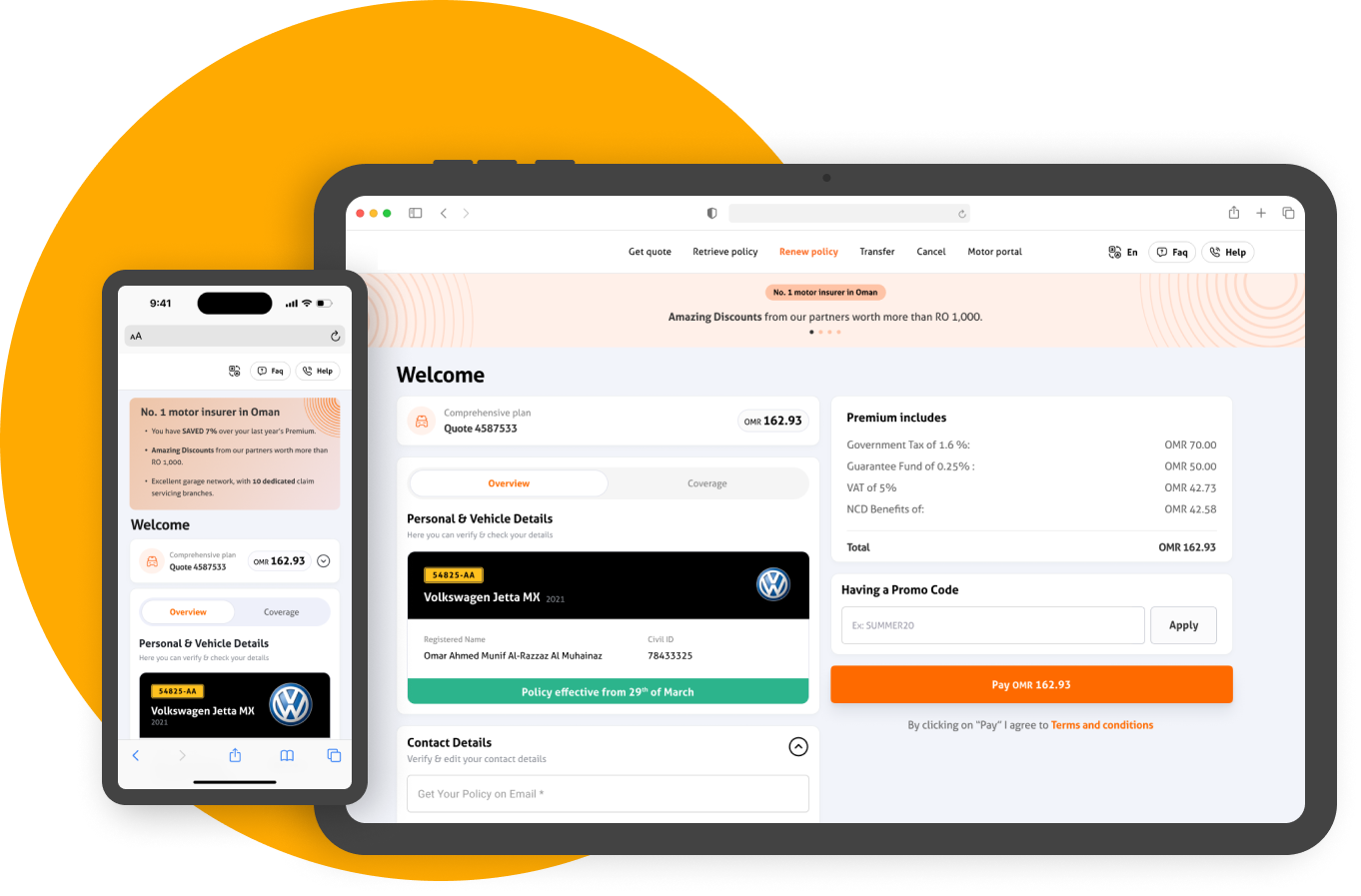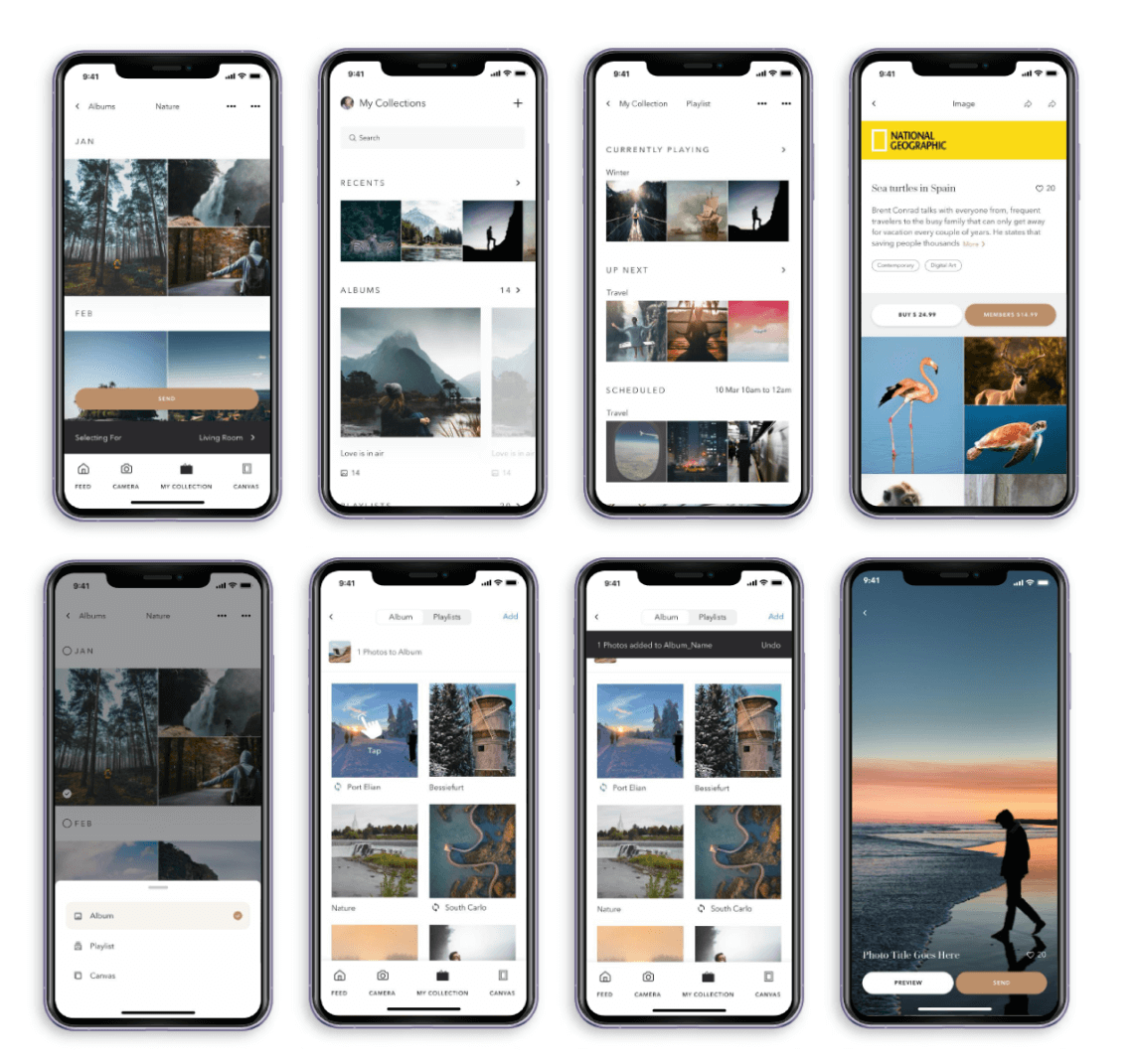Have you ever stopped to think that UX design can be more than just making an app or website look good and function well? Oftentimes, we overlook the most important aspect of UX design: the users and their needs.
In an interesting conversation on our podcast, UX Banter, our guest Fergus Roche explored the broader potential of UX (User Experience) and CX (Customer Experience) design and how they can better serve people.
With an illustrious career in the design industry of more than 15 years, Fergus is a master of many domains who helps organizations to research, innovate, and enable digital transformation through user-centric design, an excellent problem solver and a critical thinker.
Here’s sharing a few nuggets from the conversation that highlights Fergus’s perspective and understanding of user-centric design.
#1 User-centered design: Testing our assumptions
At its core, everyone has assumptions, even in professional settings with senior stakeholders making important decisions. However, these stakeholders are still humans and their assumptions can be wrong. When designing something for users, whether it’s a product, service, website, or app, it’s important to keep in mind that it’s being designed for humans. The value of user-centered design lies in its ability to view the problem space from the user’s perspective, rather than solely from a technological, system, or business perspective. This perspective can bring about change by challenging the assumptions that people may have already made.
As Fergus rightly said;
“ The purpose of user-centered design is to test our design assumptions with real humans so that people can make better decisions.”
For example, if you’re involved in designing a new government service for people who have certain problems and needs, there will be many assumptions being made by everyone involved in the decision-making process. The design process is about gathering evidence to support these assumptions and testing them with real users to see if they actually make sense. This helps to reduce the risks that are inherent in the design process. Ultimately, the core of the user-centered design is about testing assumptions and mitigating risk.
#2 Service design: Designing a holistic experience
Drawing on his experience designing products for companies such as Johnson & Johnson, Qatar Airways, BBC, Vodafone, Cisco, HP, Toyota, and more, Fergus shares his views on creating holistic experiences. He suggests that UX primarily deals with finding patterns and flows that make a product usable and accessible, while CX focuses on optimizing individual experiences after a product or service goes live. However, Fergus believes that a more holistic approach, namely service design, is needed to move beyond patterns and optimization.
“I think there’s a space that we need to get to where we get beyond UX, beyond CX, and we actually start to get more holistically joined up around the total experience,” he says.
Service design is a high-level approach that takes into account the operational side of things as well as design. It involves the tech teams, marketing, advertising, SEO, support, and other stakeholders to align all operational parts that make a service or product work to offer the best experience for customers. As ultimately, the goal is to create value for the user, which goes beyond just creating a usable product or service.
#3 Matrix leadership: The win-win style
As the Design Director at Valtech, UK, Fergus mentions that his job involves working with a large organization operating in 20 countries with over 4,000 people. Following an effective approach of matrix leadership, they aim to find win-win situations, especially when building a consensus around decisions such as designing systems or choosing the software that designers use. This approach assumes that there is no central command or top-down world and that decentralized ownership and consensus building are key. This means finding what’s in it for the people involved and aligning their interests with the task at hand.
From his perspective, matrix leadership has forced him to think creatively and collaboratively in finding these win-win situations. Fergus encourages companies to practice the matrix leadership style, in order to build consensus around complex decisions and come out with the best possible outcome for everyone involved.
#4 The role of psychology in UX design
Having a major in human psychology, Fergus feels that it has helped him empathize and understand user needs better by being focused on human-centered design and conducting research.
“Having a background in psychology helps me think about things from a human perspective.”
This approach has made him hypothesis-driven and allowed him to base his design decisions on tried and tested scientific approaches, even if he cannot always control all the variables. Fergus believes that design is ultimately about humans and their needs, and this focus has always guided his design process.
Final thoughts
When it comes to designing products and services, humans are the ones making decisions and using them, regardless of their sector and background. The problems faced by users are often similar across sectors, emphasizing the need to focus less on the superficial aspects of design (look and feel) and more on the actual design process. This includes understanding user needs, designing solutions that cater to those needs, and testing them rigorously. The way to solve problems and provide opportunities for consumers or citizens is very similar across different sectors.
Well, those were some great insights from Fergus. But that’s not all, our host Dushyant Kanungo and Fergus have touched upon a lot of interesting topics such as organizational UX, cross-functional teams, and democratizing UX, in this episode which is also loaded with fun banter.
Listen to the full episode here:
Follow UX Banter on Spotify and stay tuned for more such inspiring and insightful conversations with UX industry experts.\
